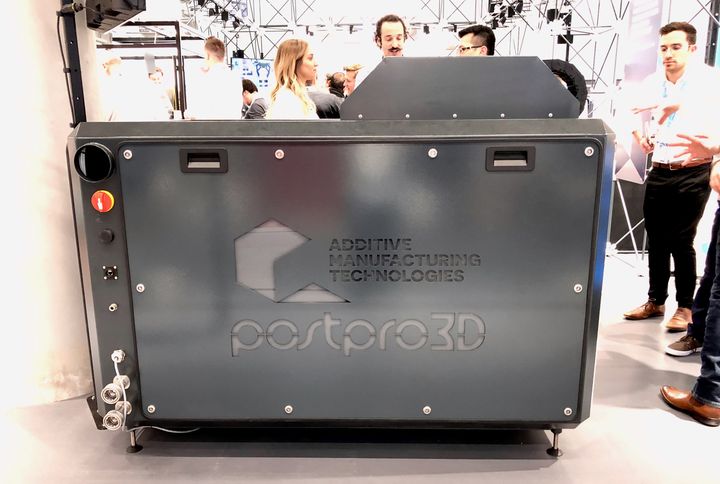
Post processing was for a long time the forgotten step in 3D printing. Now, that’s changing.
For many years the focus of the industry was squarely on the printing portion of the part production lifecycle. Printers were made to run faster, with better materials and producing parts with improved quality.
That still goes on, but as an increasing number of manufacturers adopted the technology they began to realize something critical: the labor costs of post processing sometimes exceeded the costs of printing.
Almost always, freshly 3D printed parts are not usable directly and require some activities to complete the part. These activities could include:
- Loose powder removal
- Support structure removal
- Surface texture treatment
- Debinding
- Sintering
- Polishing
- Annealing
- Drilling and tapping
- Painting
- And more
For most of the time while 3D printing technology existed, it has been used for rapid prototyping purposes. Those “one off” prints required post processing of various types, but it wasn’t that big a deal because it was done only once for that part.
Now things are changing. With the advent of 3D printing equipment and materials specifically designed for larger-scale manufacturing, “homemade” solutions are less effective.
This is the reason there is increased interest in post processing: it’s a way to reduce the workload and pave the way to increased production rates.
Two patterns have emerged.
One is that 3D printer manufacturers are increasingly developing their own post processing equipment. Often these devices are not particularly automated, but they are statement from the manufacturer that they recognize the need for post processing. A recent example of this is Stratasys hinting they’re going to display a new “P3 Automated Production Cell” post processing device for their P3 system.
It’s now increasingly becoming a standard that new machines come with post processing gear right from the manufacturer.
The second trend relates to those companies that produce standalone post processing gear. Many of these companies have existed for decades, because their finishing processes work for non-additively created parts. They’ve continued that technology for use on new AM parts.
However, the latest trend is automation, particularly leveraging software to optimize the post processing activities. By using machine learning, it’s possible to “perfect” the complex finishing sequences of the equipment. Another approach is to use software to optimize activity based on the geometry of the parts, as is being done by Solukon.
The result of these changes is good news. Post processing has always been a problematic step for production of additive parts, and now it’s commonly recognized as part of the process.
Over time we will see increasingly sophisticated post processing approaches, and it’s likely some of the more advanced producers could be scooped up by the 3D printer manufacturers and integrated directly into their solutions.
